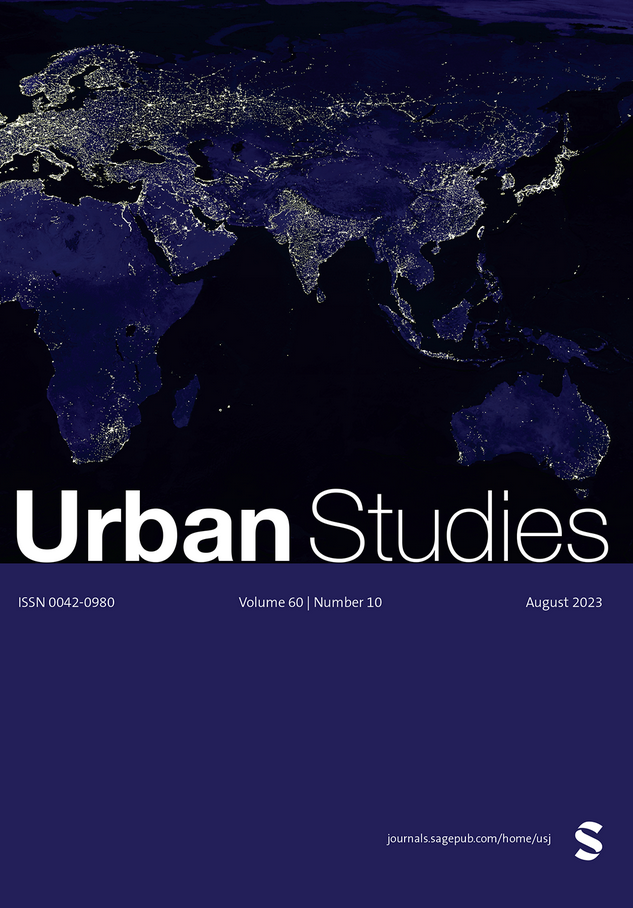Back to the suburbs? Millennial residential locations from the Great Recession to the pandemic
In the past decade, there has been a great deal of attention paid to and speculation about the residential mobility and location decisions of millennials. Academics and practitioners alike have been trying to determine where millennials are moving and why, including whether they are leading a ‘back to the city’ movement or whether they are moving to the suburbs as previous generations did at their age. Using US Census data, this article examines the geographical population distribution of young adults in the USA in recent decades. Categorising neighbourhoods by their urban or suburban character and by their central or peripheral location, we find that millennials lived in urban areas on the heels of the Great Recession at higher rates than previous generations. However, over the decade, the millennial population gradually shifted towards suburban areas: central urban and peripheral urban neighbourhoods largely lost millennial residents from 2011 to 2021, while peripheral suburban neighbourhoods experienced substantial gains. When it comes to neighbourhood amenities (e.g. restaurants and parks), millennials largely left amenity-rich areas for neighbourhoods with fewer amenities, though these amenities grew faster in the neighbourhoods that gained millennials the most. Millennial suburbanisation seems to be associated with housing affordability and demand for larger homes, as the population shift was more pronounced in the metros that have lower housing affordability and a lower share of larger homes in their central urban neighbourhoods. The results indicate the importance of affordable and right-sized housing, complemented with neighbourhood amenities, in attracting and retaining this population group.

